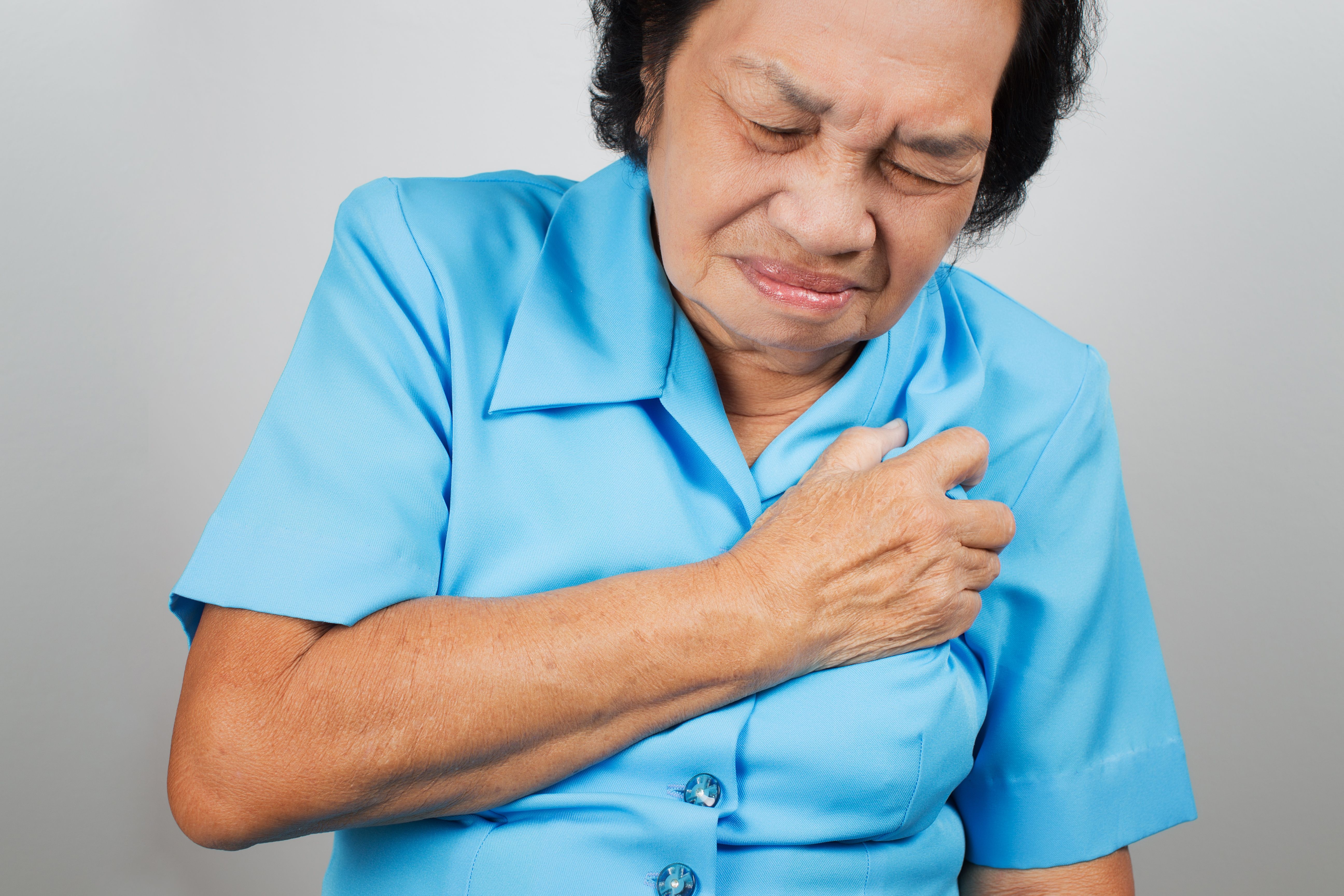Cardiac Arrest Resuscitations in NYC 3 Times Higher During COVID-19
Compared to 2019, out-of-hospitalization cardiac arrest resuscitations saw a dramatic increase as well as differences in the types of patients experiencing these episodes.

Heart disease continues to be the no. 1 leading cause of death in the US. And for those with heart disease and living in New York City during the coronavirus 2019 (COVID-19) outbreak, these factors have led to more people experiencing heart attacks and out-of-hospitalization resuscitations.
In fact, New York City saw a three-fold increase in the number of out-of-hospitalization cardiac arrest resuscitations during this past spring’s outbreak, according to a new study. In addition, the patients’ characteristics were different in 2020 compared to the previous year.
In 2020, patients were more likely to have specific comorbidities, less likely to be white, and had substantial reductions in return and sustained return of spontaneous circulation, the new study observed.
Pamela H. Lai, MD, led a team of investigators who studied these out-of-hospitalization cardiac arrest patients in 2020 versus 2019. The team looked at race, ethnicity, comorbidities, and the city’s emergency medical services response during the COVID-19 pandemic.
“In this population-based, cross-sectional study, out-of-hospital cardiac arrests and deaths during the COVID-19 pandemic significantly increased compared with the same period the previous year and were associated with older age, nonwhite race/ethnicity, hypertension, diabetes, physical limitations, and non-shockable presenting rhythms,” Lai and her team wrote.
The study’s findings were published in JAMA.
Lai and her team of investigators looked at 5325 patients, with 3989 from this year’s COVID-19 period, and 1336 in the 2019 comparison period. The incidence of nontraumatic out-of-hospital cardiac arrests in those who underwent EMS resuscitation in 2020 was 47.5 per 100,000 vs 15.9 per 100,000 in the previous year.
In addition, the 2020 patients were older (mean age, 72 years vs 68 years); less likely to be white (611 of 2992 [20.4%] vs 382 of 1161 [32.9%]); and more likely to have comorbidities.
In 2020, 2134 patients had hypertension, versus 611 of the 2019 cohort. The 2020 cohort had 1424 diabetes patients, versus 348 of the 2019 group, and physical limitations were seen in 2259 patients of the 2020 group versus 636 in the 2019 group.
With the study’s findings, the investigators want to see earlier interventions to prevent cardiac arrests in these vulnerable populations.
“Aggressive efforts for identifying outpatient risk factors for out-of-hospital cardiac arrests and death, such as hypoxia and hypercoagulability, especially in minority populations, should be instituted,” the team wrote.
